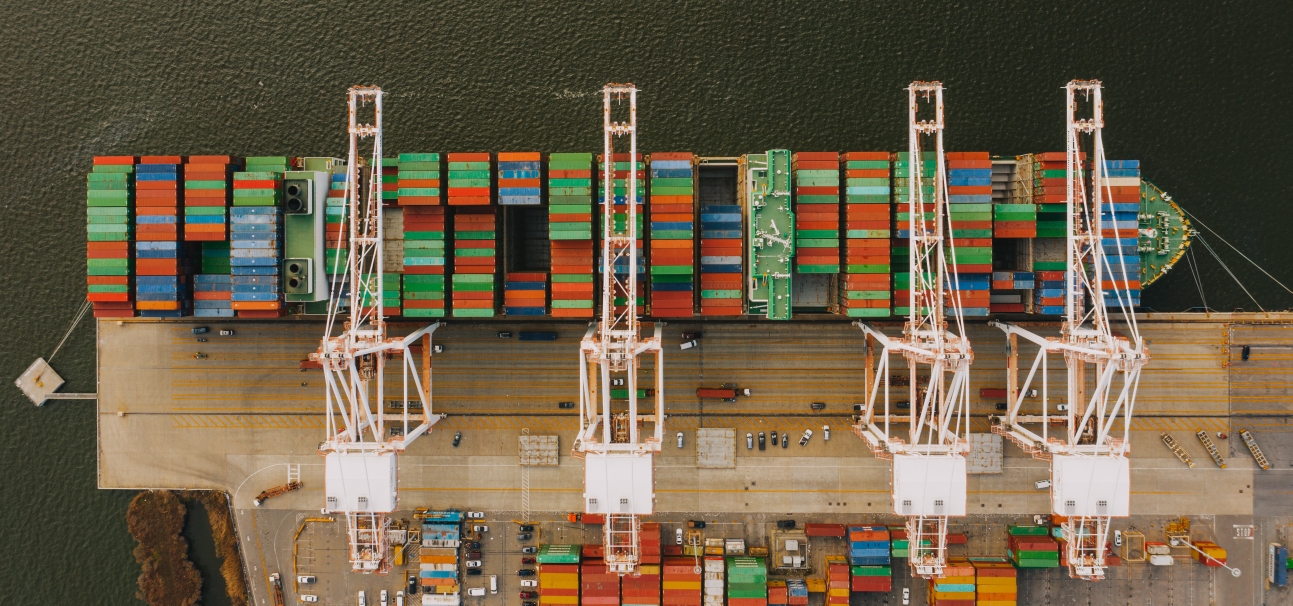Singapore is an exceptional location for a trading business for these reasons.
Besides being a transhipment hub for physically tte the goods, The country has a large number of banks local and foreign that are financing trade, thus with a large pool of bank liquidity available. Due to the large liquidity, despite the raising rates, the actual interest rates are still relatively lower than the other countries.
1. Genuine trades
The trade transaction itself should fulfil genuine requirements of the buyers. The buyers should have end uses for the underlying goods being traded.
Ideally the suppliers of the goods should be the producers of such goods. If not, the suppliers should not too remote from the producers in the value chain and be reputable distributors.
2. Import financing:
Goods to be financed for import should be presold i.e. buyers already identified and they will pay with LC that are from acceptable banks. Acceptable banks vary country from country. India and China probably have the largest numbers of acceptable banks.
This export LC from the buyer must be advised through the bank that is financing the import.
The value of this export LC should be larger than the corresponding import LC requested. If it is smaller, please explain and prepare to place a cash deposit the same amount of the difference.
All other terms of import LC should be consistent with the export LC.
Suppliers should be pre-approved.
Buyers should be pre-approved.
3. Capital required:
The paid up capital required is a function of the underlying trades in term of price volatility, trade contract value and number of outstanding trades at any one time.
If the chances of trade failures, trades that may fail resulting in losses, the capital should be higher to take on the losses.
High price volatility, larger value and many outstanding trades at any one time will require much higher capital than those with low price volatility, small value contracts and few outstanding trades.
4. Example:
The import LC value should be US$6m. The export LC from your buyer should be US$6m plus profit margin say 5% US$6.3m.
The profit margin should include the financing costs.
Say you are buying papers 10,000 MT at US$600 per MT for 1 trade per month.
The capital required for 1 trade per month is likely to be between 10-20% of US$6m, US$0.6-1.2m. This amount can be lower if the trader can demonstrate that in case the buyer fails to buy, the same goods can be sold to other buyers with x% discount.
5. Legal entity
Should be a Singapore registered corporation.
6. Track records
If the company is new in Singapore, the promoters ie shareholders, managers can show the track records of previous trades by their foreign companies. The track records should be that of the relevant managers
7. Trades with related companies
For a start, do not trade with related companies that the managers, shareholders have financial interest either directly or indirectly. These trades are typically not at arm’s length.
8. Which banks to approach
The 3 large Singapore banks UOB, DBS and OCBC are your first choice. Following by those banks from countries that you are importing from or exporting to.
Banks from China and India are active in financing trades from these countries but the interest costs and service level may not be as competitive as the Singapore banks.
9. Further enquiries
Please email creditbytes@gmail.com if you have other questions..Happy to share more information.
